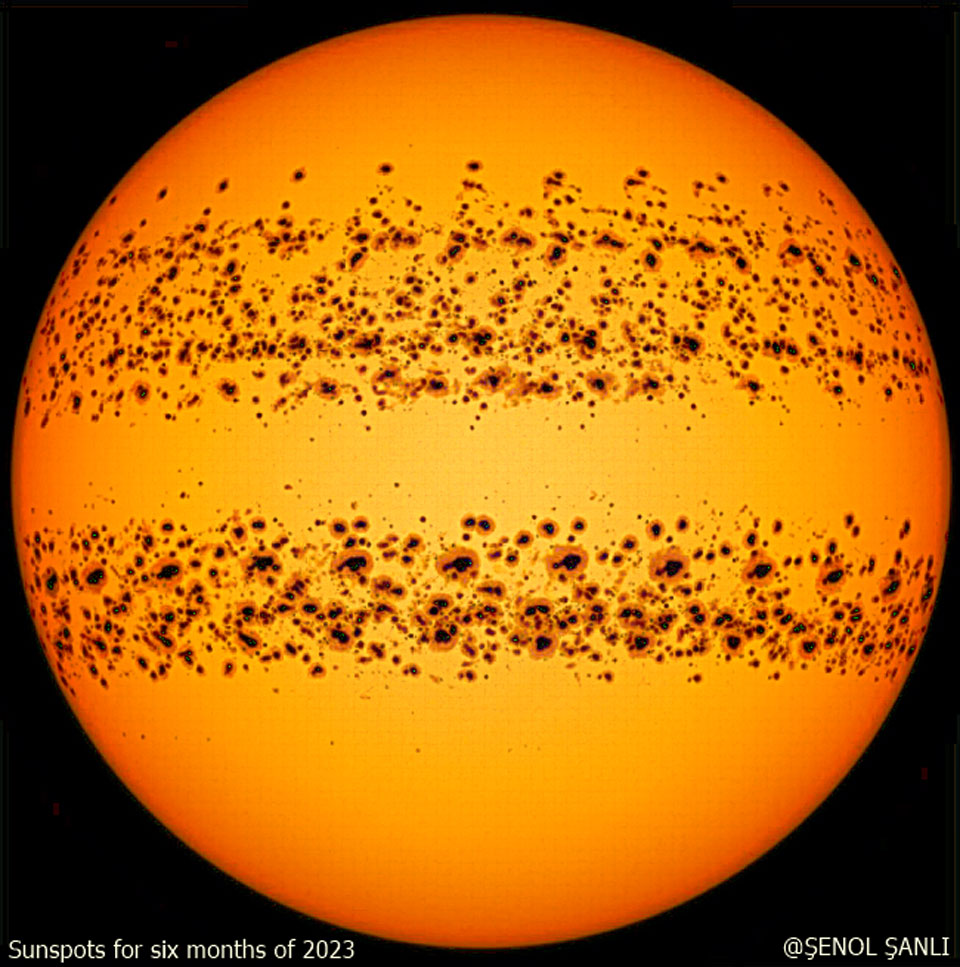this post was submitted on 16 Jul 2023
120 points (100.0% liked)
SpacePics
1184 readers
1 users here now
A community dedicated to sharing high quality images of space and the cosmos
Rules:
-
Include some context in the title (such as the name of the astronomical object or location where it was photographed)
-
Only images, pictures, collages, albums, and gifs are allowed. Please link images from high quality sources (Imgur, NASA, ESA, Flickr, 500px , etc.) Videos, interactive images/websites, memes, and articles are not allowed
-
Only submit images related to space. This may include pictures of space, artwork of space, photoshopped images of space, simulations, artist's depictions, satellite images of Earth, or other related images
-
Be civil to one another
founded 2 years ago
MODERATORS
you are viewing a single comment's thread
view the rest of the comments
view the rest of the comments

Really? I wasn't aware of that, super cool.
Yes! I didn’t know it was possible. I was on a sunrise walk a few days ago and the sun was coming through a thick haze and I could make out an object in the way of the sun. I thought it might be an airplane or a satellite, but it never moved. Then I thought it might be the planet Mercury, but when I looked it up, it was in the wrong place. Then I found a NASA sunspot tracker, and there it was.